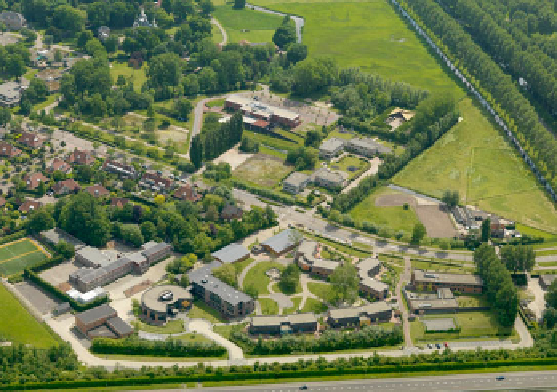Environmental Engineering Reference
In-Depth Information
it an unfavourable habitat. If the oxygen supply is also insufficient, this might lead
to anaerobic conditions that change the processes completely because of a changing
community structure.
From an ecological perspective, an important boundary condition for spatial
planning should simply read: as much bare or green-covered areas as possible (or as
few sealed surfaces as possible). Moreover, although this is much more relevant for
macro fauna, green surfaces must be as fully connected as possible, since there is a
relationship between surface area and Biodiversity.
Compaction of soil, due to heavy agricultural equipment or intensive human pres-
ence, results in a reduced pore fraction of the soil. This impacts the soil ecosystem
in different adverse ways. First, the organisms lose part of their habitat. Second, the
exchange of gas and groundwater is hampered.
In areas where sealed surfaces alternate with green surfaces (see Fig.
13.3
for an
aerial view of the Curium-LUMC Academic Centre for Child and Youth Psychiatry,
Oestgeest, the Netherlands and surroundings) it is difficult to assess the impact on
the soil ecosystem, for example compared to the same situation without any devel-
opment on the site. On the one hand the soil ecosystem may be seriously hampered
by both sealing and compaction. On the other hand, the spatially distributed green
surfaces provide opportunities for ecological life in soil and allow transport of water
and oxygen, partly also in lateral direction, so that ecological activity will thrive to
some extent.
Fig. 13.3
An aerial view of the Curium-LUMC Academic Centre for Child and Youth Psychiatry,
Oestgeest, the Netherlands and surroundings, as an example of an area where the soil ecosystem
is hampered through sealing and compaction, but where soil ecological activity will thrive to some
extent because of the spatially distributed green surfaces (Source: Curium-LUMC; reproduced with
permission)

Search WWH ::

Custom Search